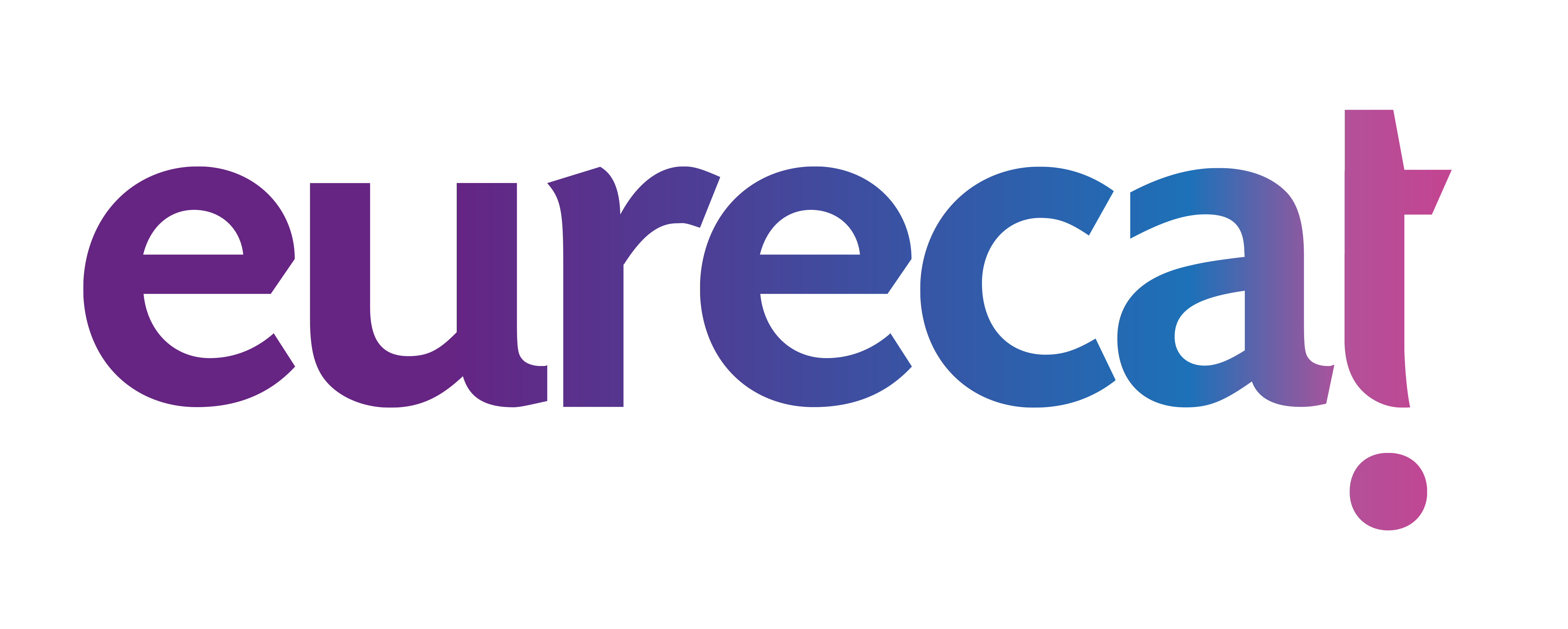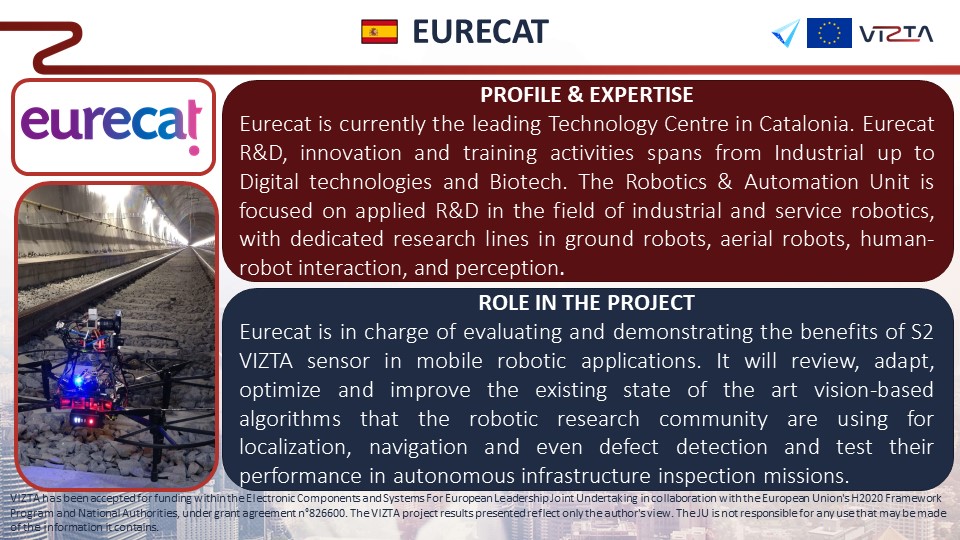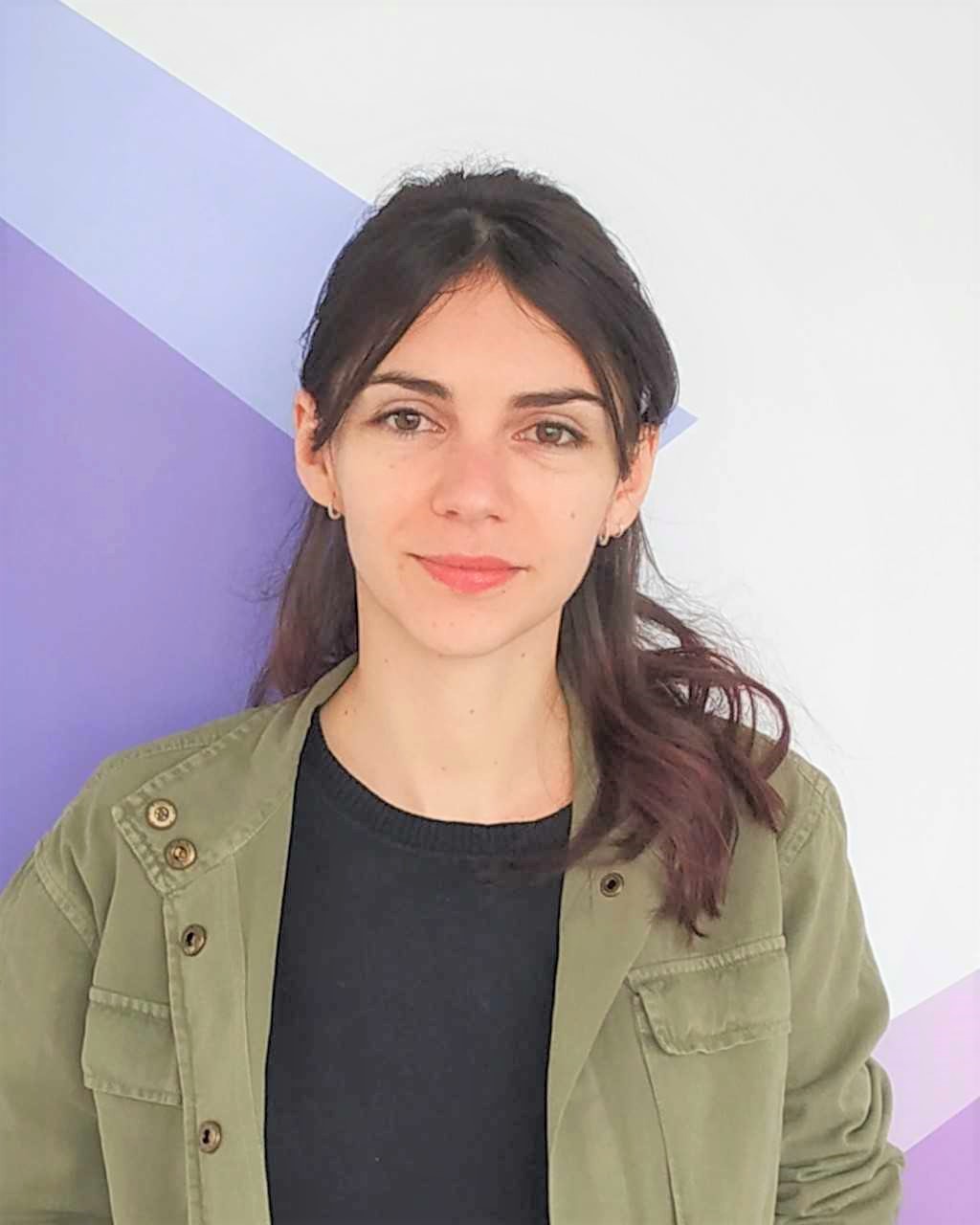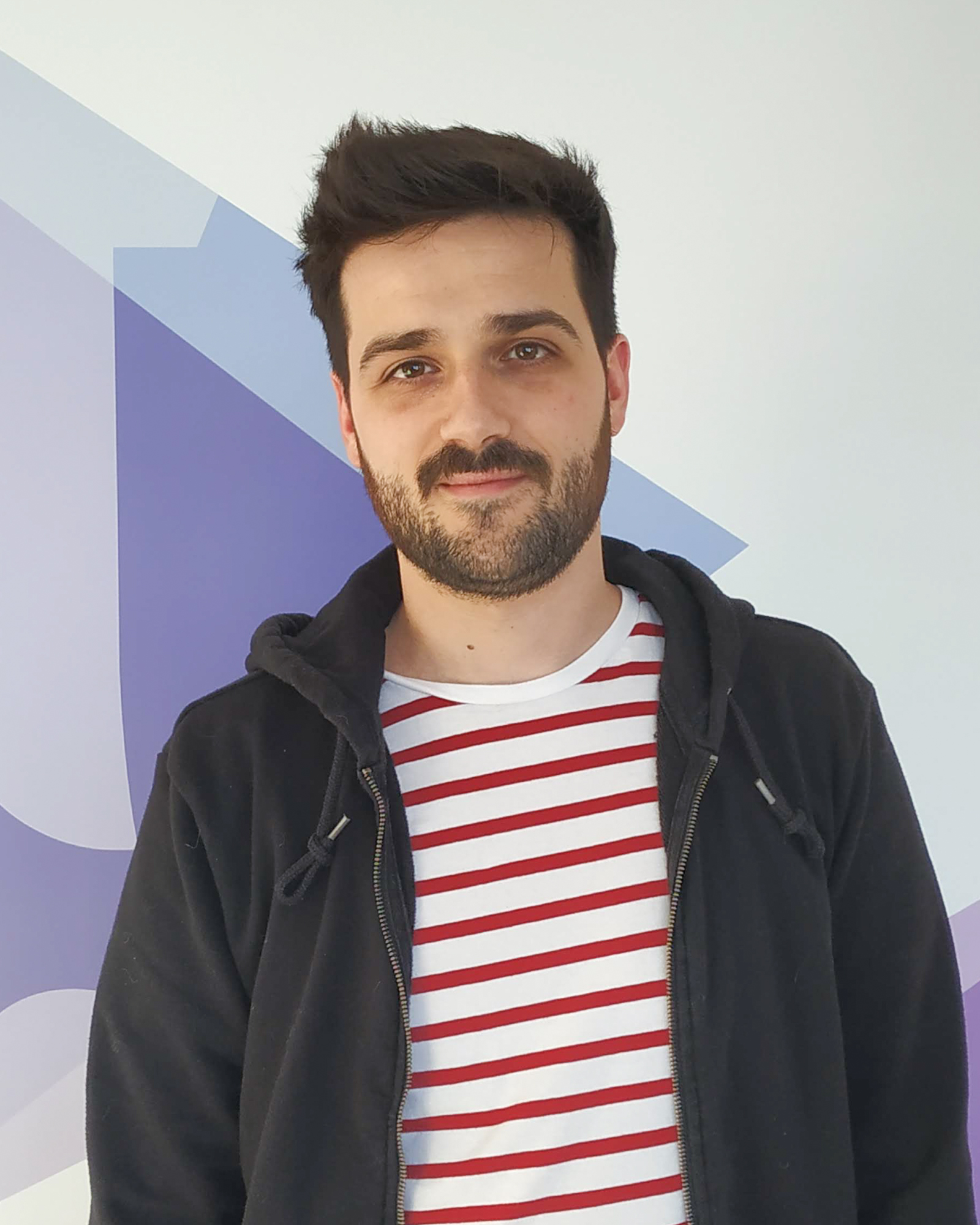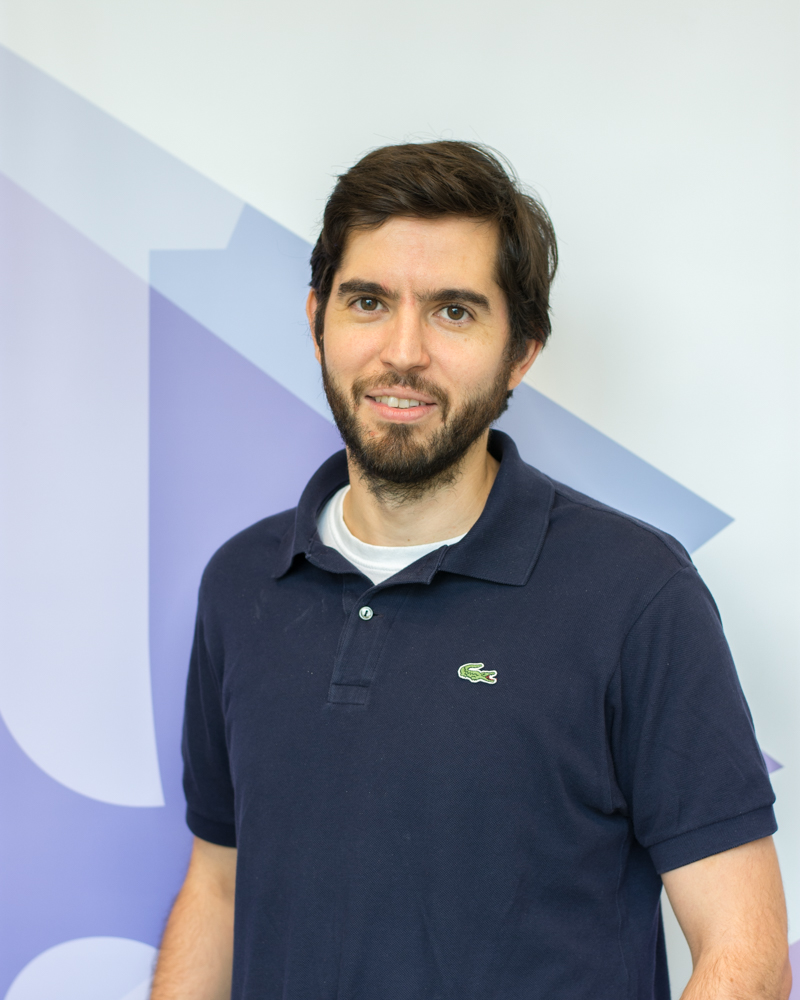Profile & expertise
Eurecat was raised by the merging process of the main Catalan Technology Centres in 2015. From then, six more centers have been added to Eurecat which in the actuality counts with headquarters distributed all along the Catalan territory.
Eurecat is currently the leading Technology Centre in Catalonia, and the second largest private research organization in Southern Europe.
Eurecat manages a turnover of 51M€ and 650 professionals, is involved in more than 160 R&D projects and has a customer portfolio of over 1.000 companies.
Eurecat is currently participating in more than 70 EU funded collaborative projects, mainly in the Horizon 2020 Programme. In addition to this wide experience at European level, Eurecat is also a strong player in the various R&D programmes sponsored by the Spanish and Catalan administrations, with more than 160 ongoing projects. Technology transfer is also an essential activity in Eurecat, with 36 international patents and 9 technology-based companies (eight in Spain and one in Latin America) started-up from the centre. Eurecat R&D, innovation and training activities span from Industrial Technologies (metallic, plastic and composite materials, manufacturing processes, autonomous and professional robotics, functional printing and fabrics, simulations and sustainability) to Digital Technologies (Digital Humanities, Big Data Analytics, IT Security and Smart Management Systems, e-health, data mining and multimedia technologies) and Biotech (Omic science and Nutrition & health). Additionally, EURECAT has recently been accepted by the European Commission as a KETs (Key Enabling Technologies) Technology Centre in order to collaborate with SMEs on close-to-market research and innovation activities.

